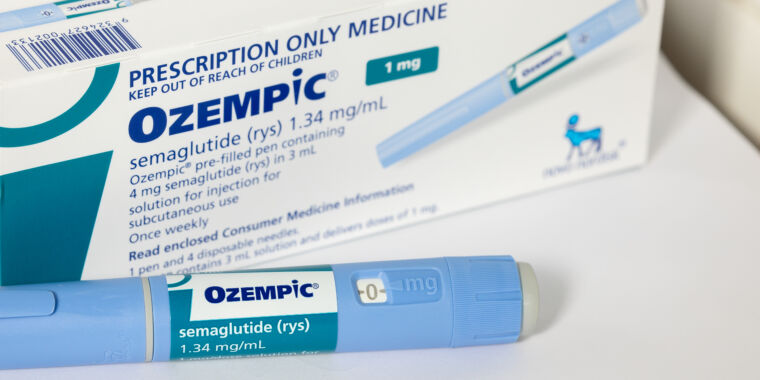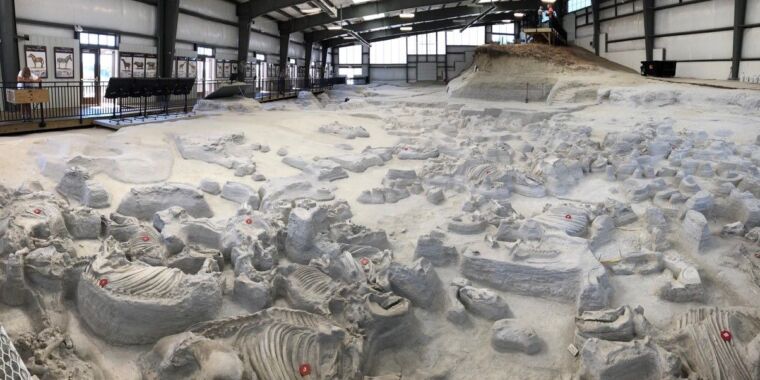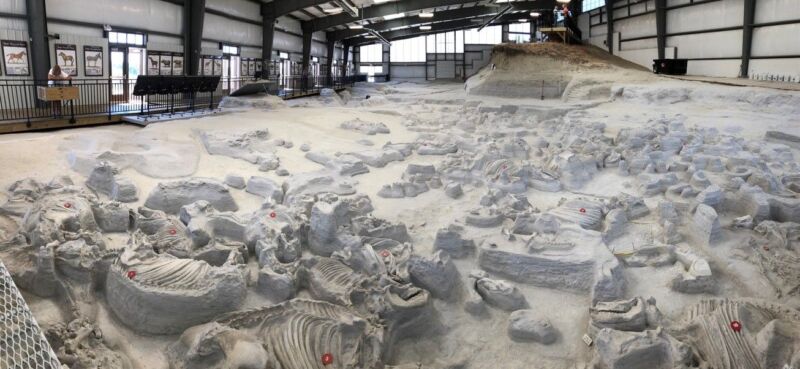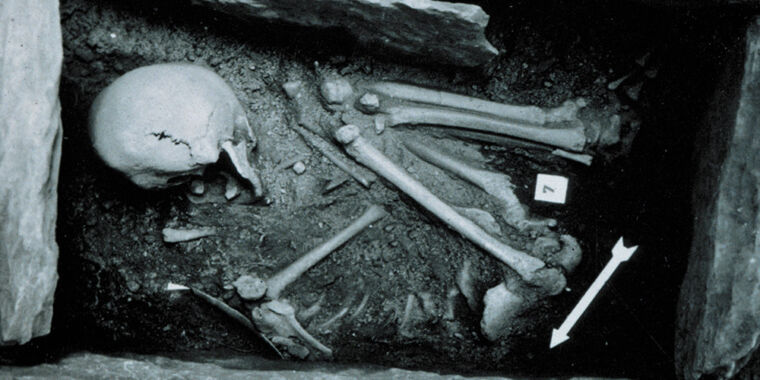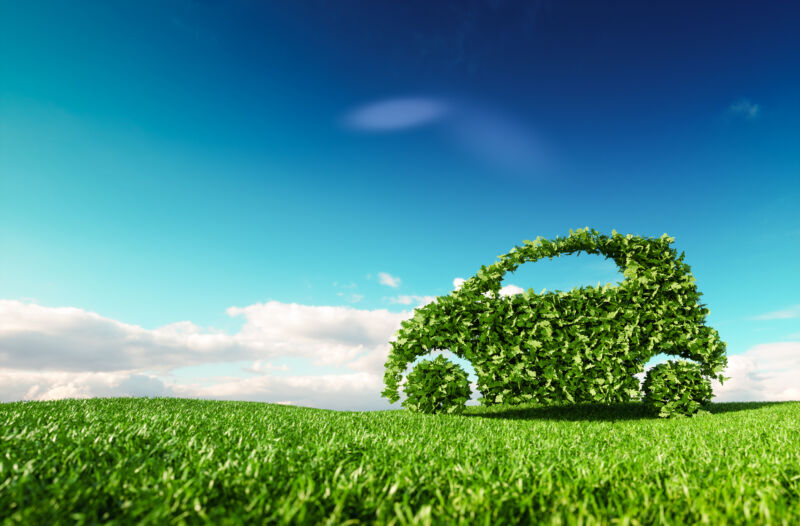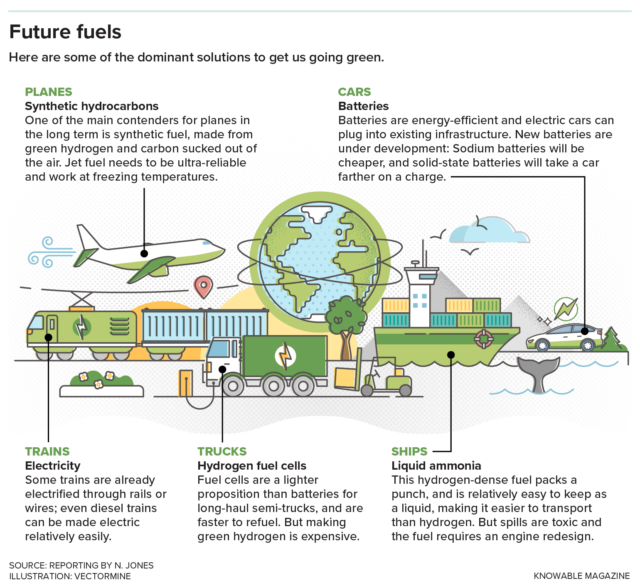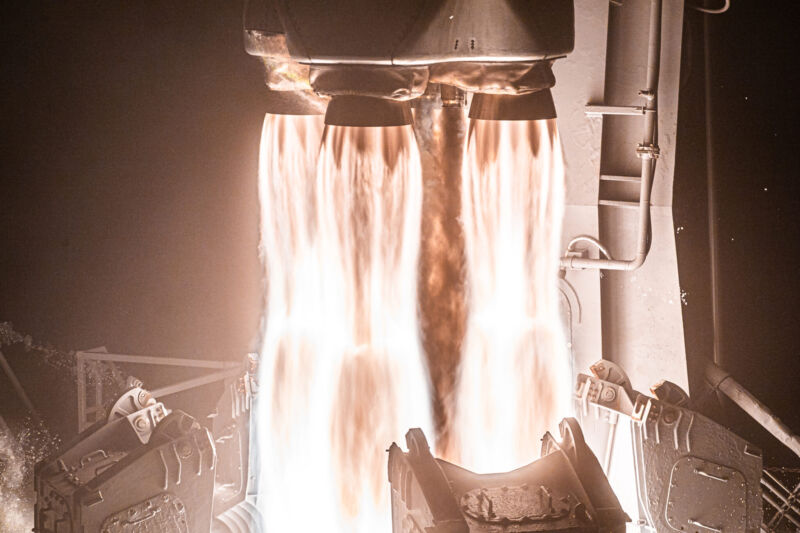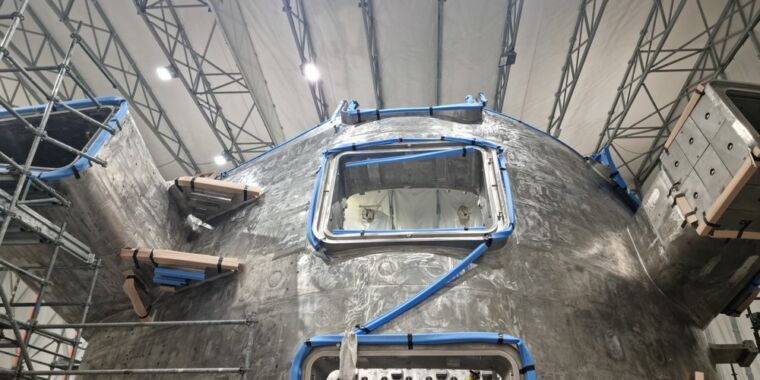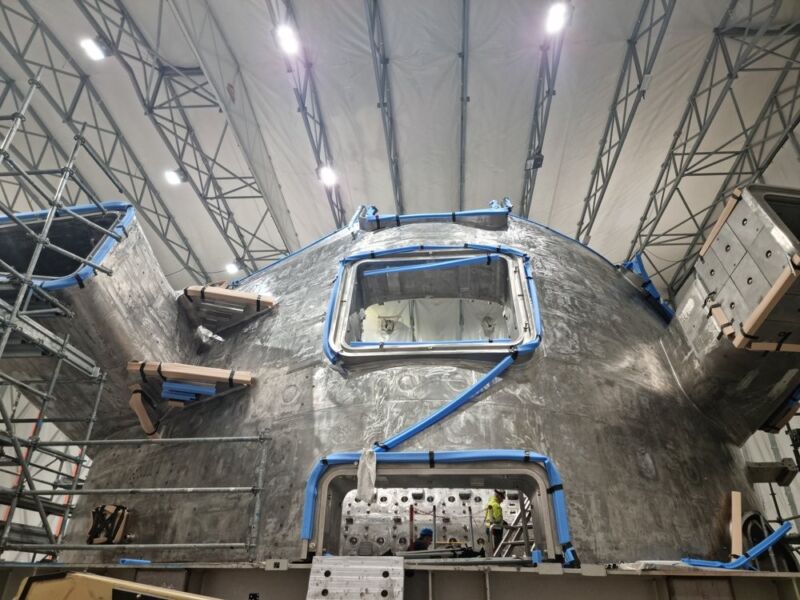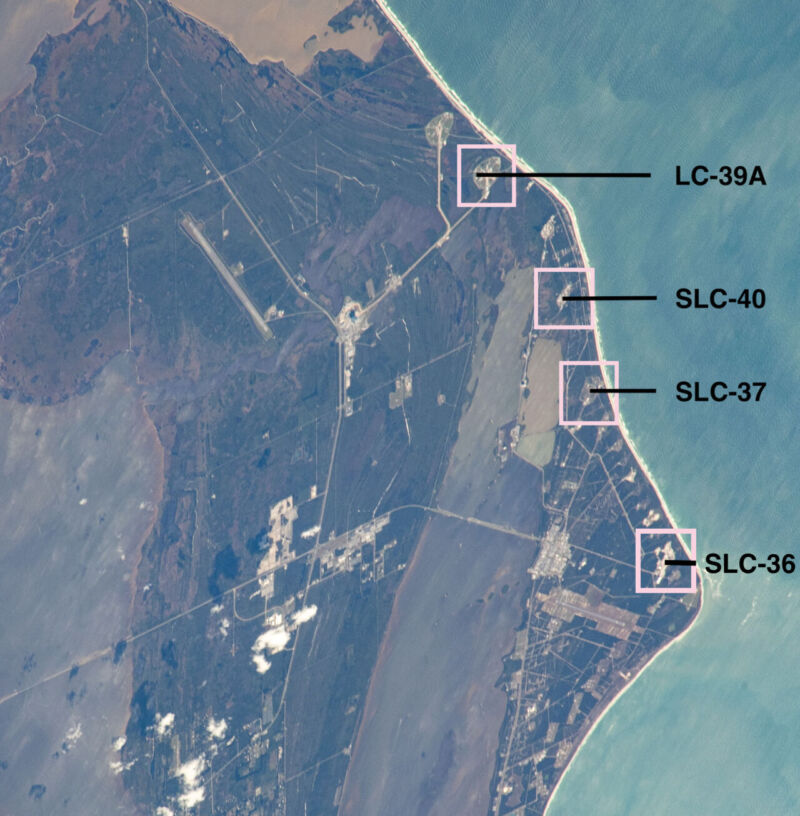New weight-loss and diabetes drugs linked to lower risk of 10 cancers
Secondary benefits —
For diabetes patients, GLP-1 drugs linked to lower cancer risks compared to insulin.
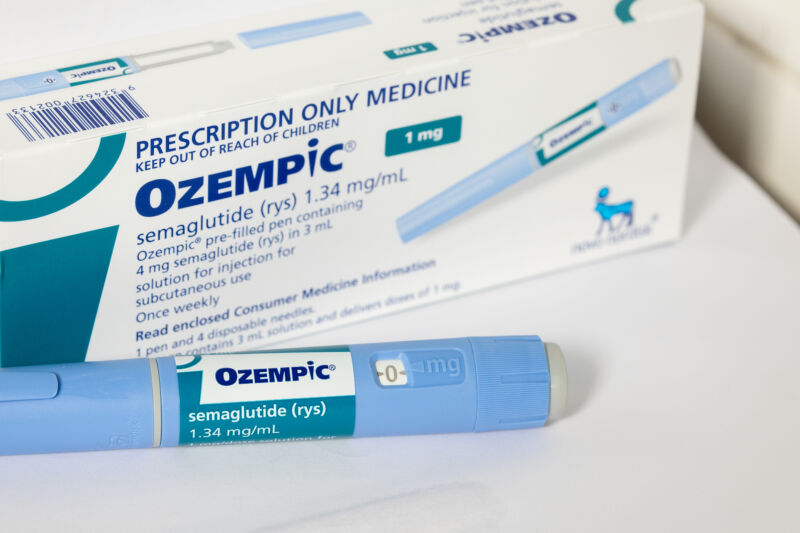
Enlarge / Ozempic is a GLP-1 drug for adults with type 2 diabetes.
For patients with Type 2 diabetes, taking one of the new GLP-1 drugs, such as Ozempic, is associated with lower risks of developing 10 out of 13 obesity-associated cancers as compared with taking insulin, according to a recent study published in JAMA Network Open.
The study was retrospective, capturing data from over 1.6 million patients with Type 2 diabetes but no history of obesity-associated cancers prior to the study period. Using electronic health records, researchers had follow-up data for up to 15 years after the patients started taking either a GLP-1 drug, insulin, or metformin between 2008 and 2015.
This type of study can’t prove that the GLP-1 drugs caused the lower associated risks, but the results fit with some earlier findings. That includes results from one trial that found a 32 percent overall lower risk of obesity-associated cancers following bariatric surgery for weight loss.
In the new study, led by researchers at Case Western Reserve University School of Medicine, some of the GLP-1-associated risk reductions were quite substantial. Compared with patients taking insulin, patients taking a GLP-1 drug had a 65 percent lower associated risk of gall bladder cancer, a 63 percent lower associated risk of meningioma (a type of brain tumor), a 59 percent lower associated risk for pancreatic cancer, and a 53 percent lower associated risk of hepatocellular carcinoma (liver cancer). The researchers also found lower associated risks for esophageal cancer, colorectal cancer, kidney cancer, ovarian cancer, endometrial cancer, and multiple myeloma.
Compared with insulin, the researchers saw no lowered associated risk for thyroid and breast cancers. There was a lower risk of stomach cancer calculated, but the finding was not statistically significant.
Gaps and goals
The GLP-1 drugs did not show such promising results against metformin in the study. Compared with patients taking metformin, patients on GLP-1 drugs saw lower associated risks of colorectal cancer, gall bladder cancer, and meningioma, but those calculations were not statistically significant. The results also unexpectedly indicated a higher risk of kidney cancer for those taking GLP-1 drugs, but the cause of that potentially higher risk (which was not seen in the comparison with insulins) is unclear. The researchers called for more research to investigate that possible association.
Overall, the researchers call for far more studies to try to confirm a link between GLP-1 drugs and lower cancer risks, as well as studies to try to understand the mechanisms behind those potential risk reductions. It’s unclear if the lower risks may be driven simply by weight loss, or if insulin resistance, blood sugar levels, or some other mechanisms are at play.
The current study had several limitations given its retrospective, records-based design. Perhaps the biggest one is that the data didn’t allow the researchers to track individual patients’ weights throughout the study period. As such, researchers couldn’t examine associated cancer risk reductions with actual weight loss. It’s one more aspect that warrants further research.
Still, the study provides another promising result for the blockbuster, albeit pricy, drugs. The researchers suggest extending their work to assess whether GLP-1 drugs could be used to improve outcomes in patients with Type 2 diabetes or obesity who are already diagnosed with cancer, in addition to understanding if the drugs can help prevent the cancer.
New weight-loss and diabetes drugs linked to lower risk of 10 cancers Read More »
